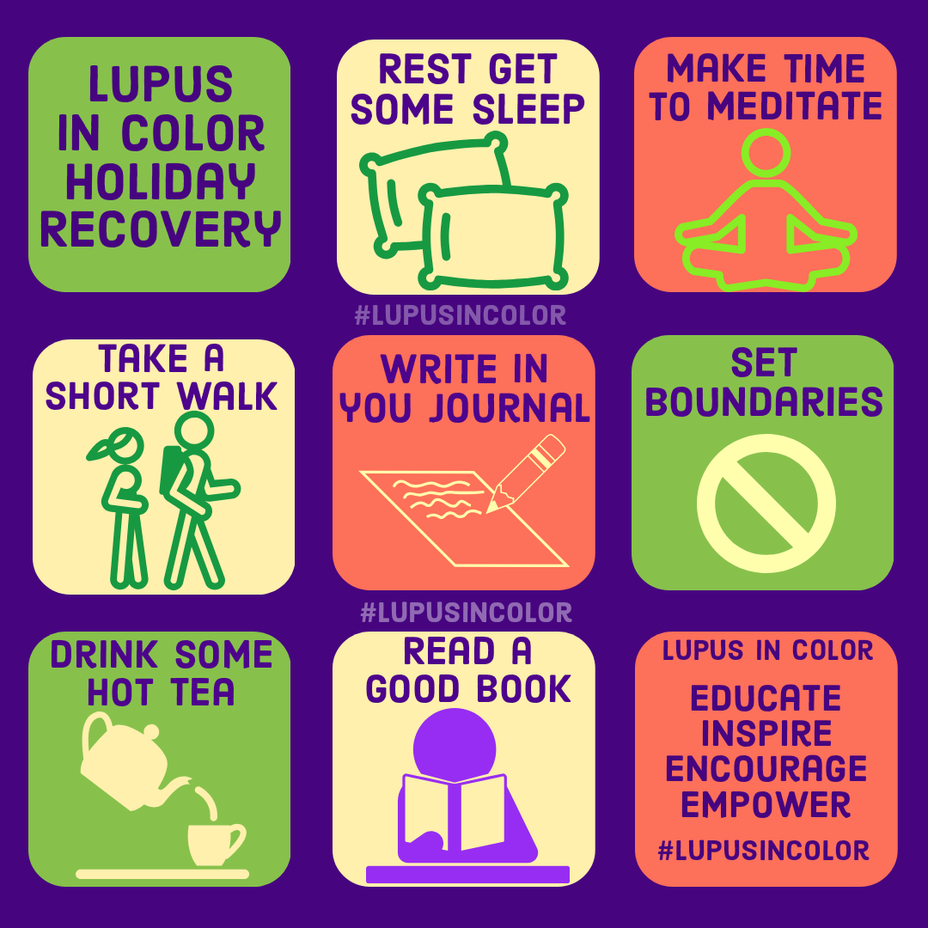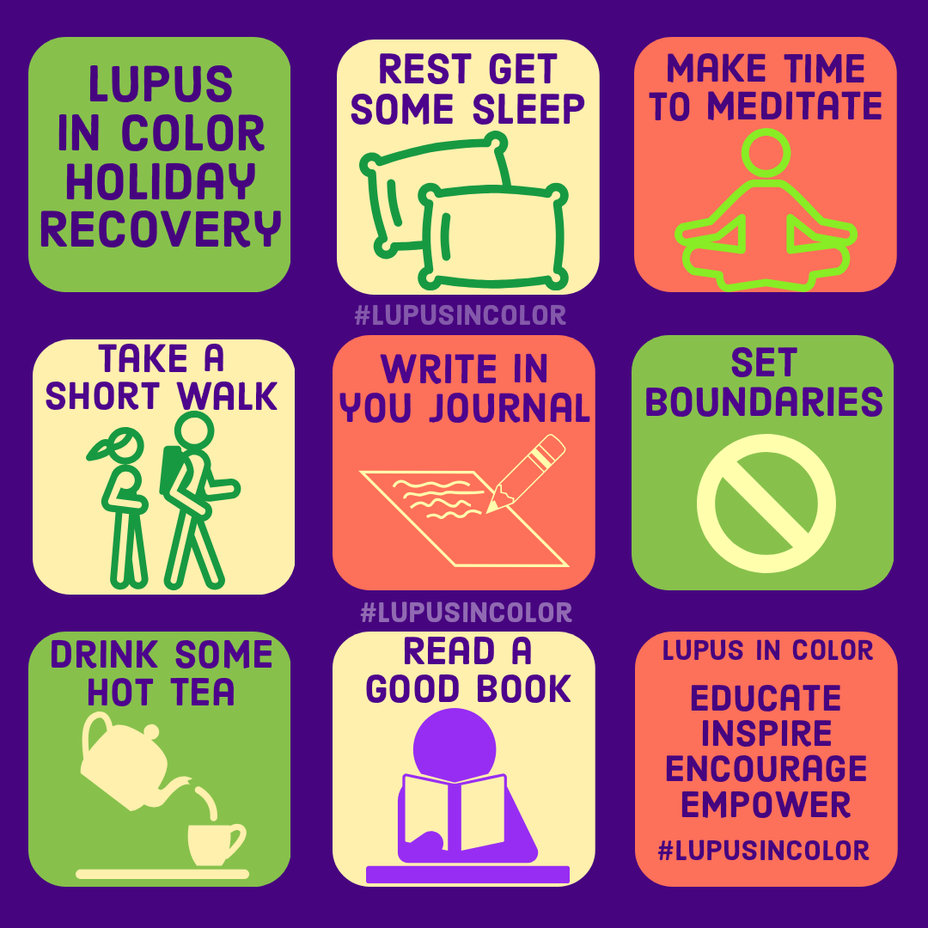30 Day Walk Challenge
The Second Annual 30-Day Winter Wonderland Walking Challenge is a commitment to incorporating 30-minutes of walking or any physical activity into 30 consecutive days.
The challenge is designed to encourage you to incorporate walking or some form of physical activity into your daily routine.
Take 30 minutes out of each day from February 1 to March 1 to walk anywhere you like outside on the treadmill, in the mall or anywhere that’s most convenient and accessible to you. If you can’t walk and wish to workout that counts! Any physical activity for 30 minutes or more will do!
Those who complete the challenge will have walked a minimum of 900 minutes, or 60 miles, by the end of the challenge.
Challenge yourself to take a 30-minute walk with a colleague at lunchtime or a 5-minute walk each hour—it all counts—whatever works for you!
Log at least 900 minutes of walking or physical activity and be entered to win a lupus prize package!
Why You Should Participate
Walking is an accessible form of exercise that is easy to do and does not require a gym. Making time for brief walking breaks throughout your day can provide numerous health benefits to include:
• Increased energy. Going for a walk when you’re tired increases oxygenated blood flow and cortisol levels, the hormones responsible for boosting energy.
• Increased energy expenditure. The body burns approximately 100 calories of energy to walk 1 mile. So increasing your level of physical activity can increase energy expenditure and potentially help you reduce body weight.
• Improved strength and function of the heart. Your heart is a muscle and low-to-moderate intensity walking is a great way to strengthen your heart, helping it become more efficient at moving blood throughout your body!
• Increased focus and concentration. Along with a boost in energy, walking is a great way to regain focus and stimulate your mind and body.
Here’s why exercise is helpful for managing lupus:
1. Exercise can strengthen parts of your body that may be affected by lupus — the heart, lungs, bones and joints.
2. Exercise, and even simple low-impact movement, will make muscles less stiff, increase your range of motion and help you reduce the risk of heart disease.
3. Exercise can strengthen parts of your body that may be affected by lupus — the heart, lungs, bones and joints.
4. Exercise helps reduce inflammation by regulating some of the chemicals involved in the inflammation process.
5. Exercise can help control weight gain caused by use of corticosteroid medications and keep your body conditioned.
6. Exercise, and even simple low-impact movement, will make muscles less stiff, increase your range of motion and help you reduce the risk of heart disease.
7. Exercise may boost your mental health, making it easier to cope with the stress of life and potentially improving mood and self-esteem. In addition, exercise can reduce fatigue.
Join our team to get healthier beyond lupus today!
ask me how! #lupusincolor




